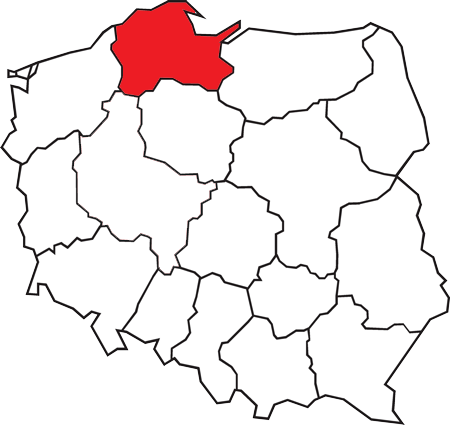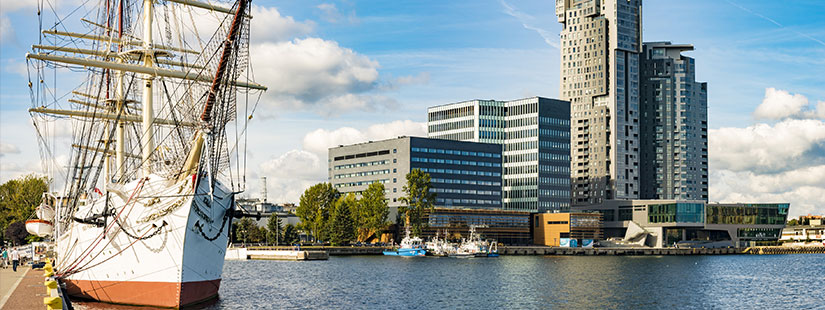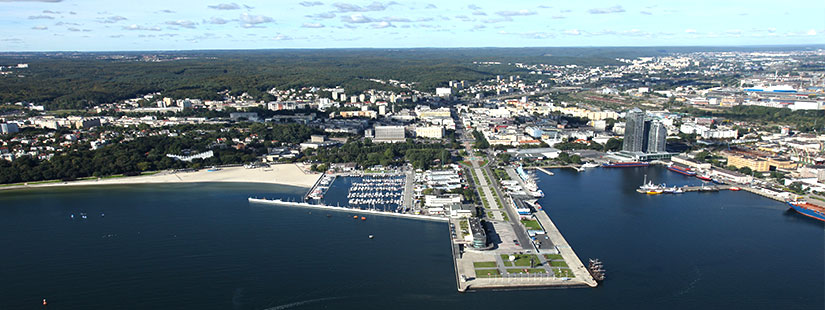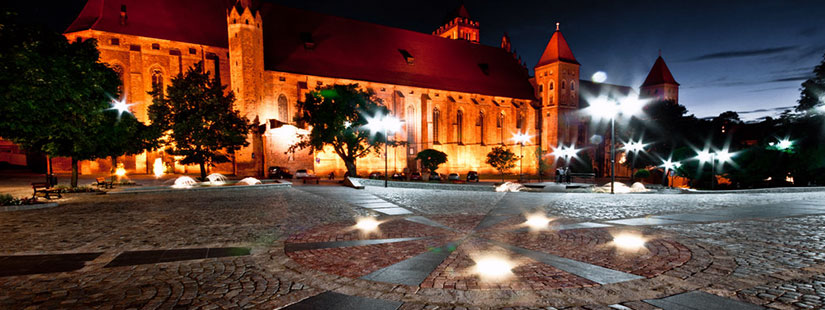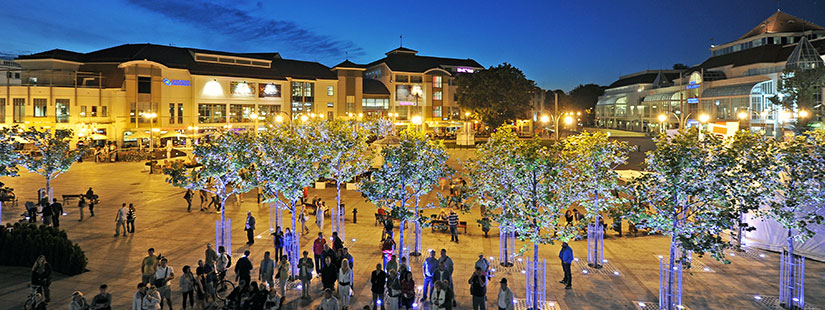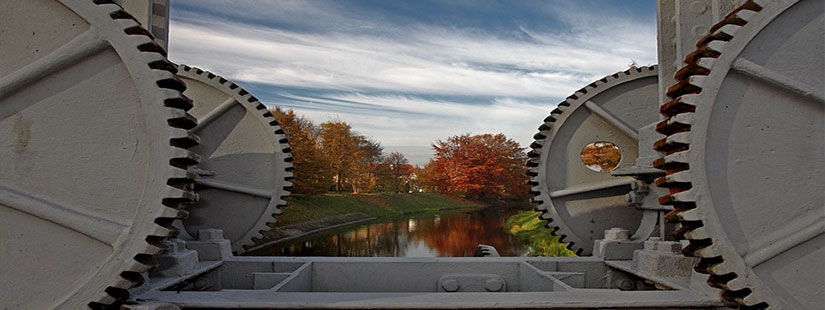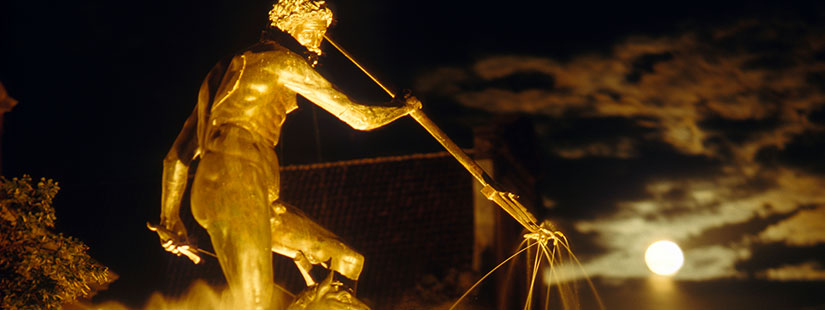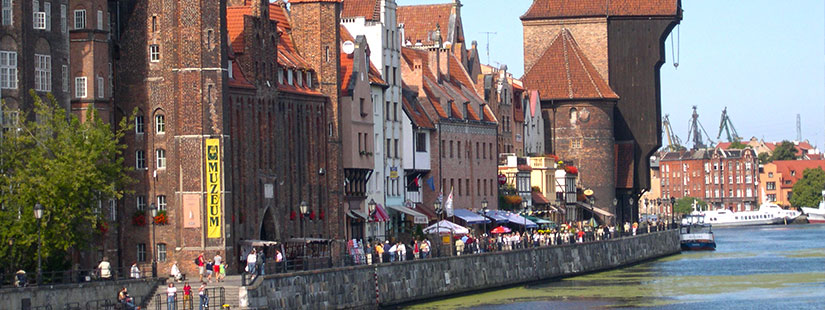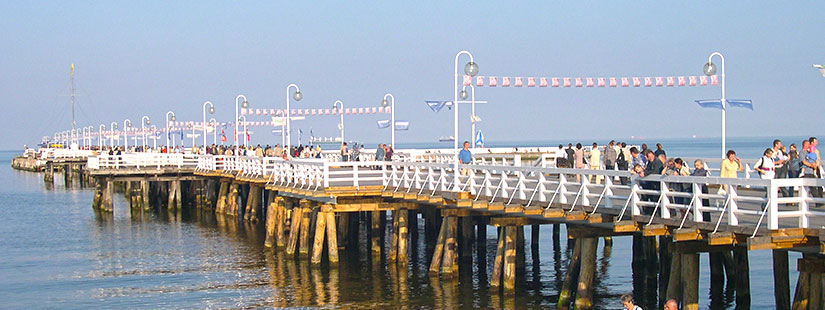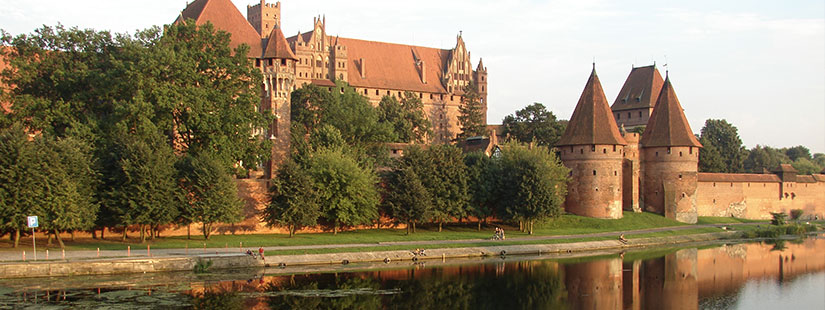The mother, the capital and the head of all lands of the Polish Kingdom thats what Jan Długosz, the famous Polish chronicler, wrote about the Malopolska Region. The region had been the centre of the Polish statehood for centuries. Krakow is the former capital of the country, the seat of one of the oldest universities in this part of Europe and the city of science and culture. However, Małopolska does not only mean Krakow. As many as eight places are included in the UNESCO List. Małopolska also features a great natural abundance. Over half of its area is under protection. No wander that the beauty of nature attracts millions of tourists from Poland and abroad. The Małopolska Region is characterised by great diversity. The region has always been a place of meeting and penetration of cultures. It has contributed to the abundance of traditions, customs and local rituals.
The whole world admires the contest of the Easter palms in Lipnica Murowana. All know the Krakows frolics of Lajkonik (the unofficial symbol of the City of Krakow) or the Heynal (also referred to as the Cracovian Hymn) played from the highest tower of St. Marys Church. The highlanders folklore has been captivating not only tourists, but also artists for years. Every young Pole listens to the tales about the sleeping soldiers in the Tatra Mountains, the Wawel Dragon or a famous Carpathian Highwayman Janosik.
The region is very well prepared for guests. The local government of the Małopolskie Voivodeship takes up activities to protect its natural and tangible heritage. It successfully takes advantage of the European resources to execute huge investments in environmental protection and historical facilities. It designates own resources to support owners of historical monuments and to take care of the treasures of our culture. At the same time, it promotes the Małopolska Region worldwide as a modern investor and tourist friendly region.




